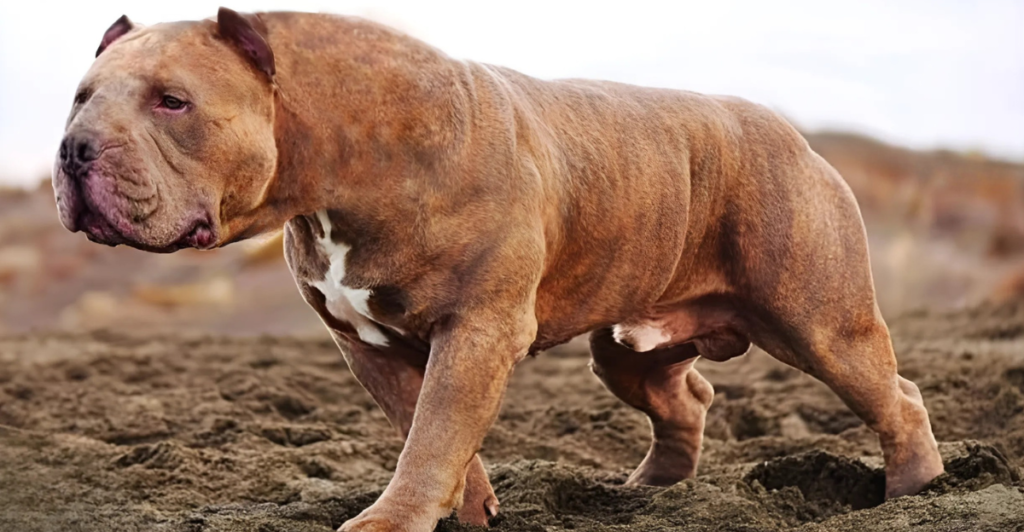
Dogs may be man’s best friend, but even our most loyal companions aren’t immune to change. As lifestyles shift and technology redefines daily routines, certain dog breeds are evolving—right in front of us. Traits once prized for work and survival are being replaced by behaviors better suited for family life, city living, and modern demands.
From flattened snouts that now come with a health-conscious makeover to fierce guardians becoming gentle playmates, selective breeding is steering dogs in new directions. These transformations aren’t hypothetical—they’re happening now, with noticeable changes in temperament, appearance, and even physical capability.
Whether driven by health concerns, urbanization, or the rising demand for affectionate house pets, these 12 dog breeds are shedding old identities and adapting to our modern world in real-time.
Bloodhound
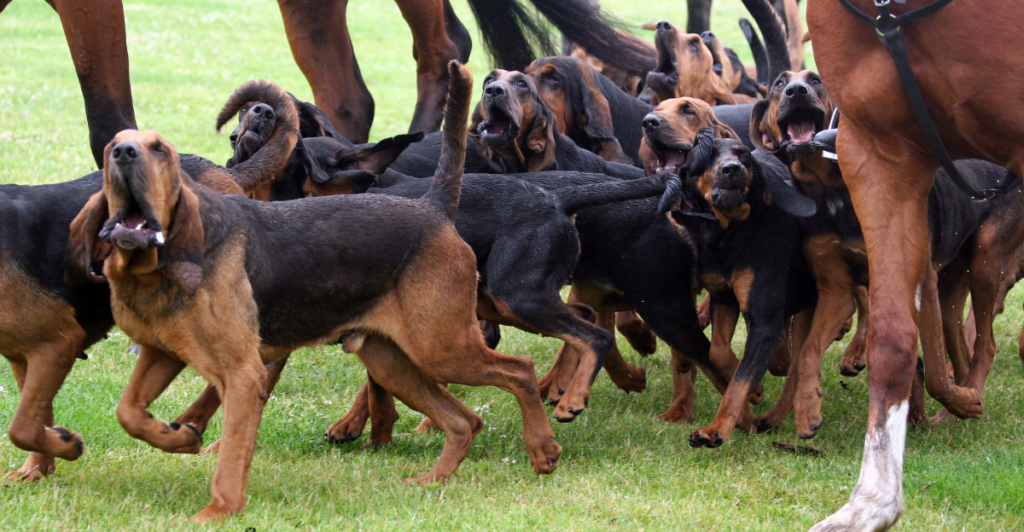
The Bloodhound’s legendary nose has led countless rescue teams to missing persons and fugitives over the years. However, as technology and specialized training programs evolve, their traditional role has become more niche.
These days, many Bloodhounds are more likely to be found napping on a couch than chasing scents through the woods. Selective breeding has leaned into their calm, affectionate side, making them excellent companions in households that value gentle, loyal pets.
While some still serve in search-and-rescue units, many are now treasured for their mellow nature and soulful eyes. They haven’t lost their tracking skills—but their purpose has widened, proving that even the most specialized breeds can thrive in more relaxed environments.
German Shepherd
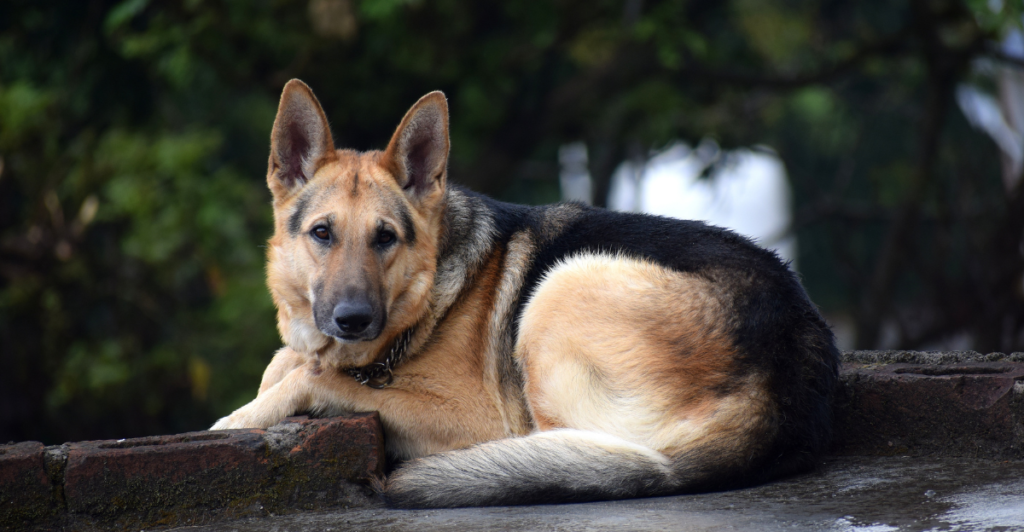
German Shepherds built their reputation on hard work—herding sheep, assisting police officers, and even serving on the battlefield. But as more families adopt them as household pets, the breed has subtly evolved.
Intelligence and loyalty remain core traits, but many modern Shepherds are bred to be gentler, more sociable, and less reactive. This shift allows them to better fit into suburban homes without sacrificing their keen minds and impressive trainability.
Still prized in working roles, Shepherds today are just as likely to be seen fetching balls in backyards as they are sniffing out contraband in airports. Their adaptability has helped them stay relevant, whether as protectors, partners, or playmates.
Pug

The pug’s signature “smushed” face may be irresistibly cute, but it’s also responsible for a slew of breathing problems. These compact dogs often struggle in warm, humid environments due to their shortened nasal passages.
Now, breeders are focusing on health over aesthetics, gradually reintroducing longer snouts and clearer airways. The goal isn’t to change the pug’s charm but to help it breathe and function more comfortably in everyday settings. As demand for healthier pets rises, the breed is shifting away from extreme features and edging toward a more functional form.
These changes could signal a wider trend: prioritizing welfare over exaggerated traits in companion animals. As a result, the modern pug may soon look a bit different—but it’ll be much better off.
Bobtail & Bernese Mountain Dog

Both the Bobtail and the Bernese Mountain Dog were once essential on the farm—guarding livestock, herding animals, and pulling heavy loads. But today, their jobs are less about physical labor and more about being gentle giants in family homes. The Bobtail, or Old English Sheepdog, now exhibits a milder herding instinct and a stronger desire to socialize.
Meanwhile, the Bernese Mountain Dog has traded the Swiss mountains for suburban backyards, adapting to a life filled with leisurely walks and relaxed play.
Both breeds still carry their working roots in their sturdy frames and loyal temperaments, but they’ve softened dramatically in behavior. They no longer need to work from dawn till dusk—instead, they’re content simply being by your side.
English Bull Terrier & Boxer
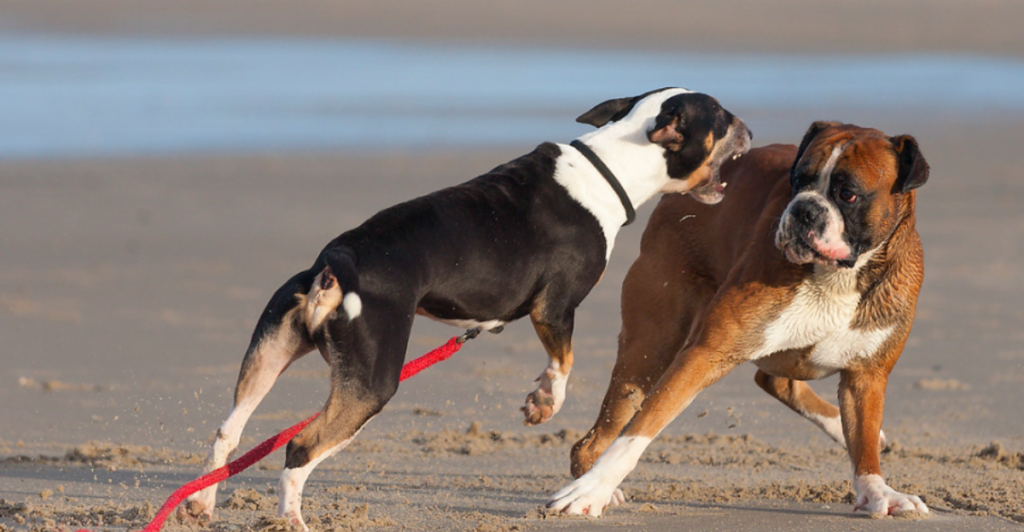
The English Bull Terrier’s brutal beginnings in bull-baiting and dogfighting are long behind it. Today’s Bull Terriers are affectionate clowns, known more for their playful antics than aggression. Breeding has transformed their temperament dramatically, molding them into family-friendly dogs with a loving nature.
The Boxer, once bred as a hunting and guard dog, has followed a similar trajectory. Their strong, muscular build remains, but now their energy is directed toward games of fetch and playing with kids. Their protective instincts haven’t disappeared—but they’ve softened, making way for more sociable and trainable companions.
For both breeds, evolution has taken them from the battlefield to the backyard, showing just how far selective breeding can go in reshaping behavior.
Rottweiler
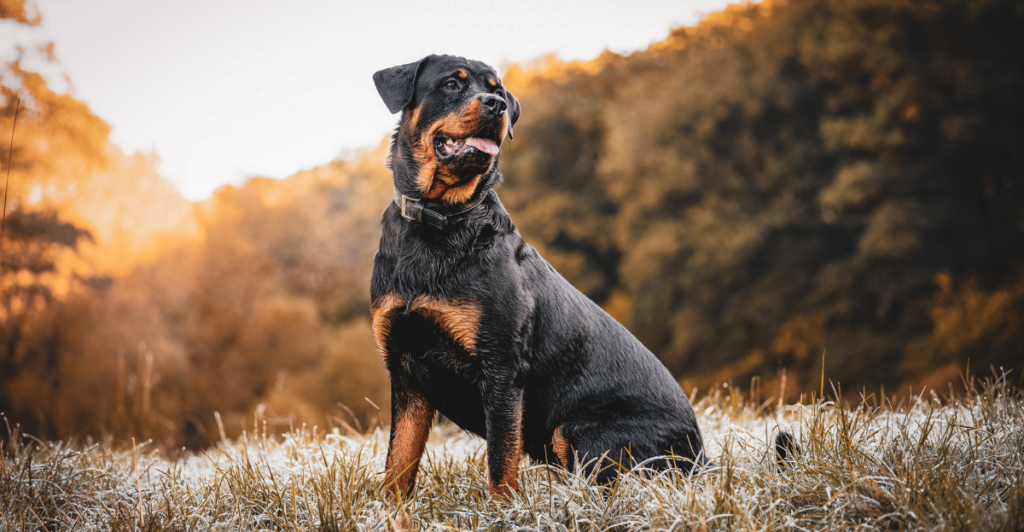
Rottweilers once thrived in tough environments—pulling carts, guarding livestock, and herding cattle. Their strength and endurance were legendary. But in today’s world, those traits are being redirected.
Modern Rottweilers are more likely to be family guardians than farmhands, and they’re being bred for stable temperaments and emotional sensitivity. While their protective instincts remain strong, they’re no longer seen solely as fierce watchdogs. With proper training, Rottweilers are proving to be deeply loyal and surprisingly gentle with children.
This evolution highlights a broader trend: reimagining powerful breeds as affectionate companions. The Rottweiler isn’t losing its edge—it’s gaining a new role as both protector and beloved member of the family.
Doberman Pinscher
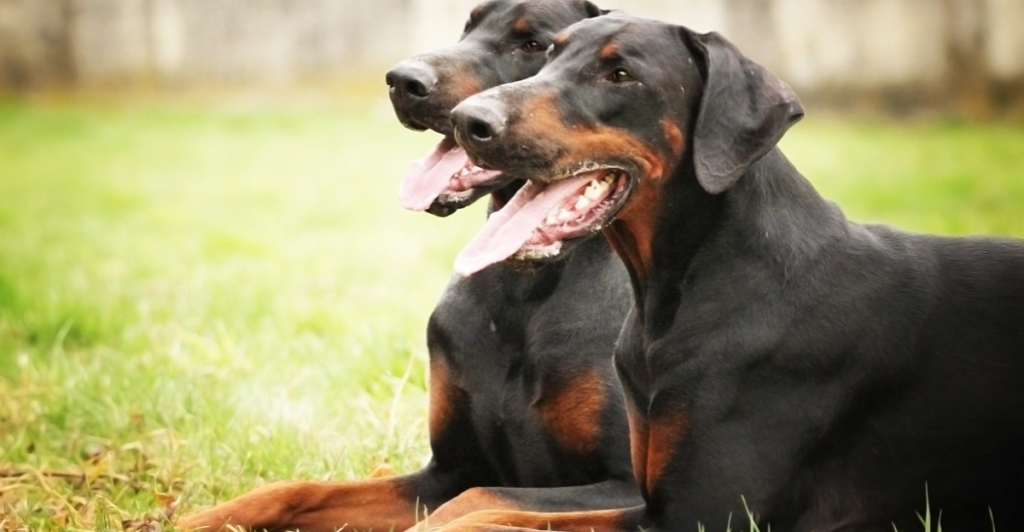
The Doberman once cut an intimidating figure, bred specifically for personal protection, police duties, and military service. But times have changed, and so has the breed’s role. Modern Dobermans are still alert and intelligent, but breeders have worked to balance their toughness with warmth and playfulness.
Today’s Dobermans are often seen curled up with children, doting on their families while still maintaining a vigilant edge. These dogs haven’t lost their ability to protect, but their temperament has shifted toward being more manageable in a home setting.
With early training and socialization, they now thrive in family environments. It’s a delicate balance between loyalty and gentleness—and the Doberman is proving it can excel at both.
Yorkshire Terrier

It’s hard to imagine the silky-coated Yorkshire Terrier as anything but a pampered lap dog—but their origins were surprisingly gritty. Originally bred to hunt rodents in mills and mines, Yorkies were feisty, focused little exterminators.
Over time, though, their luxurious appearance and portable size made them ideal companions for high society. Today’s Yorkies are still bold, but much of their working drive has been replaced with a preference for cuddles and comfort.
While some may still exhibit a lively bark or chase a squirrel now and then, the breed has been molded by modern tastes into a stylish, affectionate companion. It’s a dramatic shift from hunter to handbag—and it suits them just fine.
Scottish Terrier
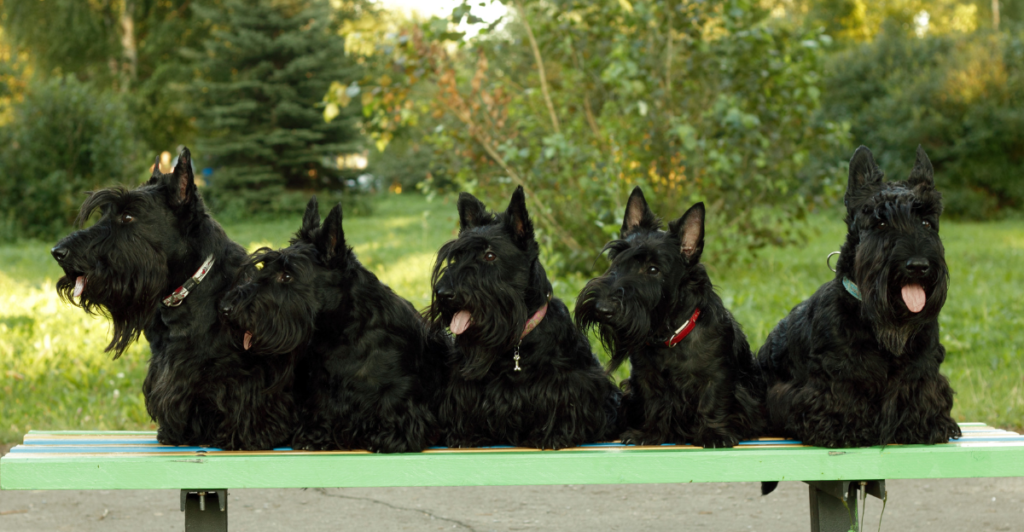
Scottish Terriers were once fearless little hunters, bred to dig out and chase down small game. But in today’s world, fewer people need a ground-level exterminator. Instead, these dogs are adapting to the role of loyal, affectionate companions.
Breeders have gradually toned down their intense prey drive and fierce independence, nurturing dogs that seek more interaction with humans. Physically, they’ve softened too—the rough, rugged appearance once essential in the field has given way to a sleeker, more pet-friendly look. These changes reflect a shift in demand: people now want pets that are cuddly, not combative.
For the Scottie, evolution isn’t about survival in the wild—it’s about fitting into modern living rooms and becoming a beloved part of the household.
Poodle
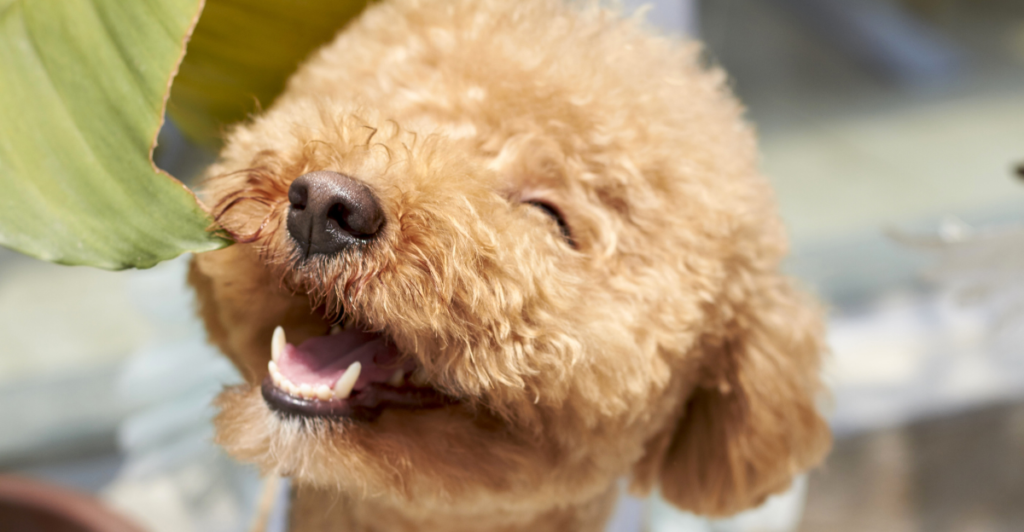
Originally bred to retrieve game from water, the poodle has undergone one of the most striking evolutions among modern dogs. Its intelligence and eagerness to work have made it a top choice for dog sports, therapy work, and family companionship.
Meanwhile, its hypoallergenic curls have cemented its status among allergy-conscious households. Over time, the breed has been fine-tuned for loyalty and responsiveness, traits that align perfectly with family life.
Today’s poodles are less about braving the outdoors and more about bonding closely with their humans. Their adaptability and sharp minds keep them at the forefront of modern dog roles, proving that a breed designed for utility can thrive just as well curled up on a couch—or performing in an agility ring.
Explore more of our trending stories and hit Follow to keep them coming to your feed!

Don’t miss out on more stories like this! Hit the Follow button at the top of this article to stay updated with the latest news. Share your thoughts in the comments—we’d love to hear from you!







